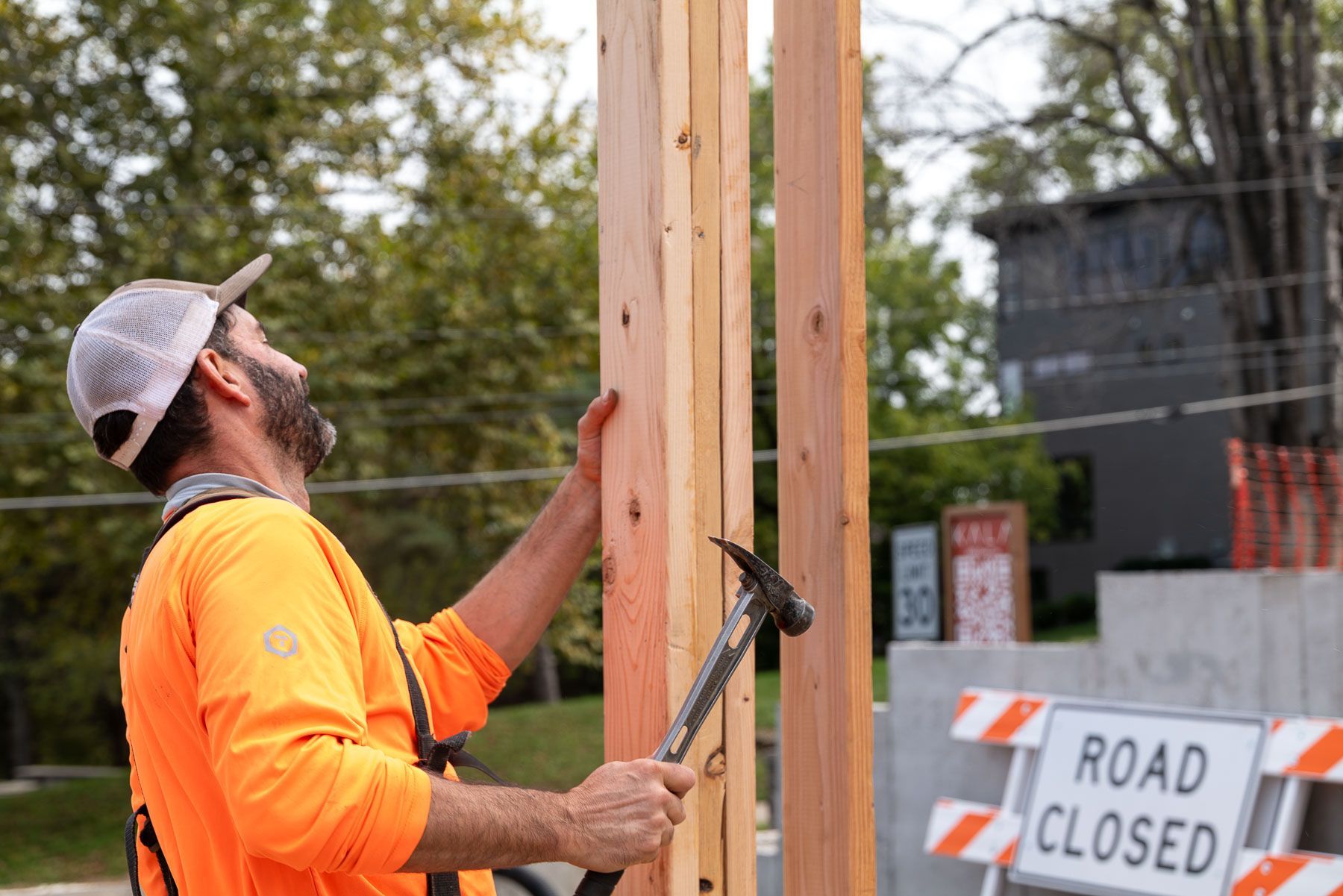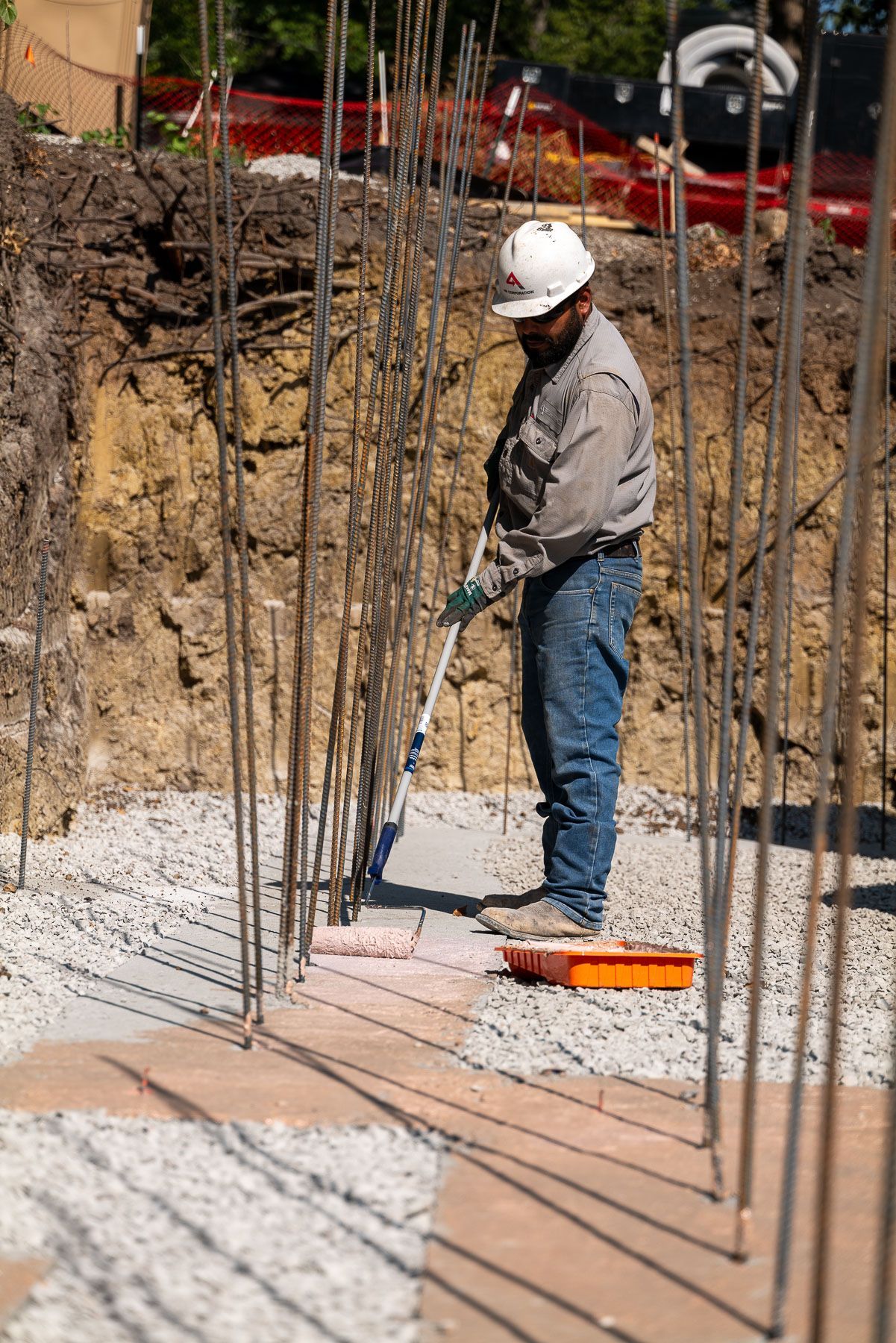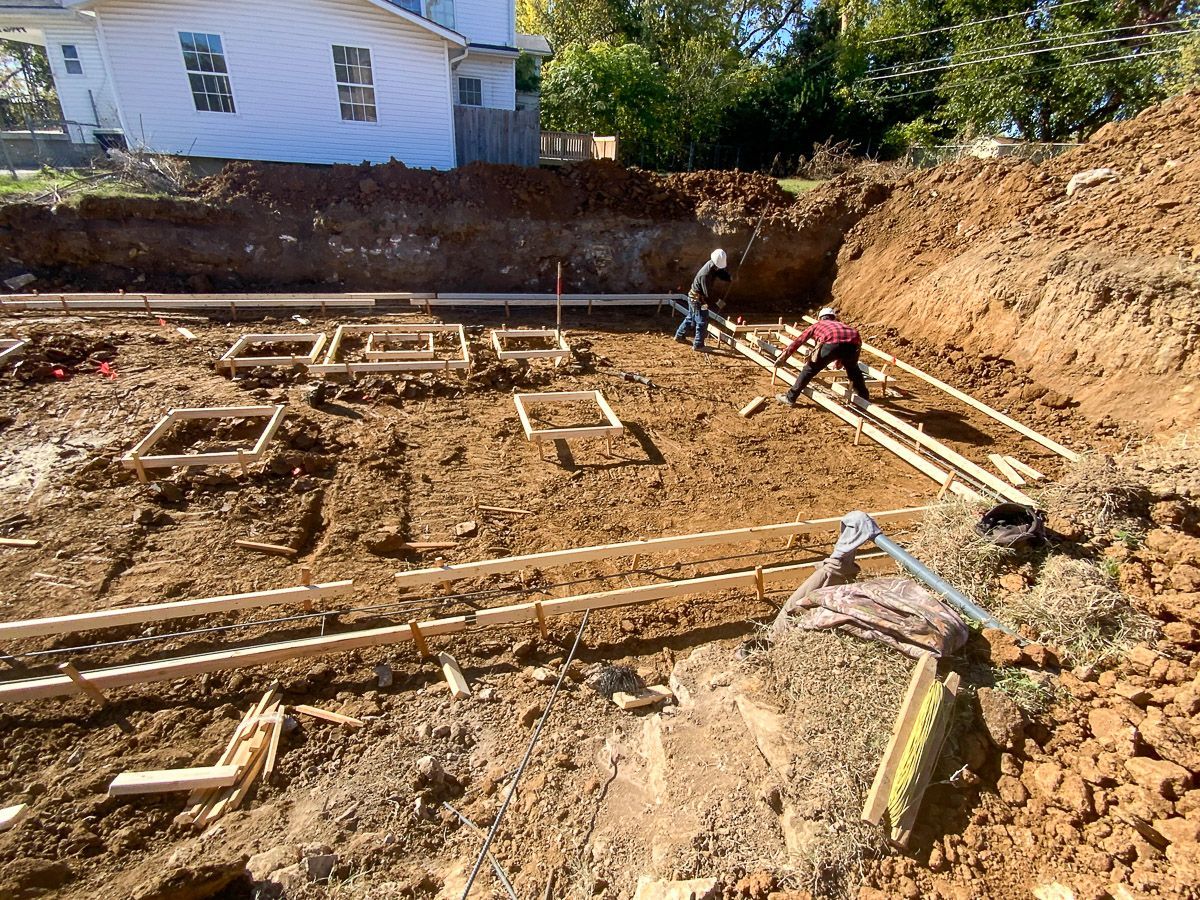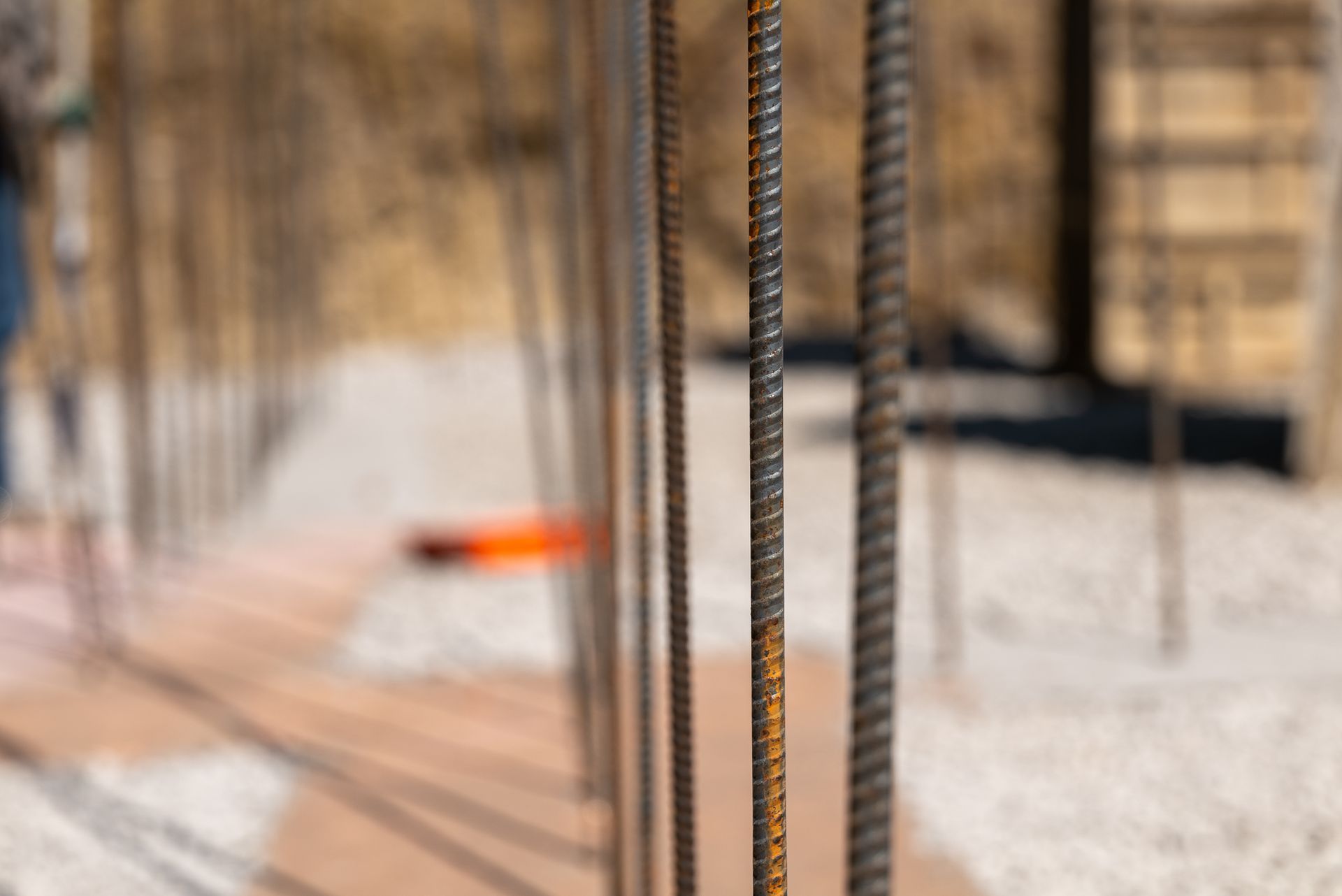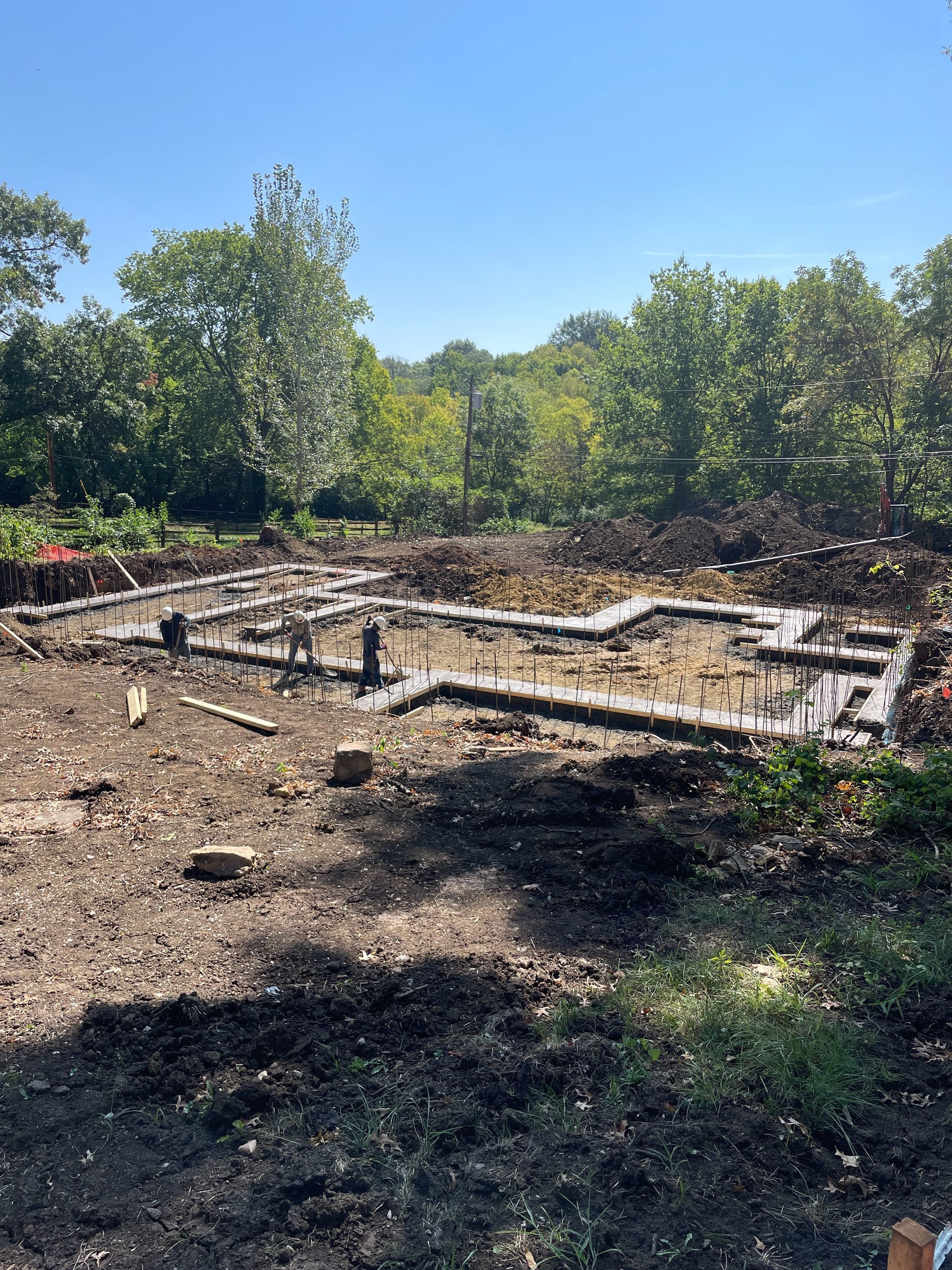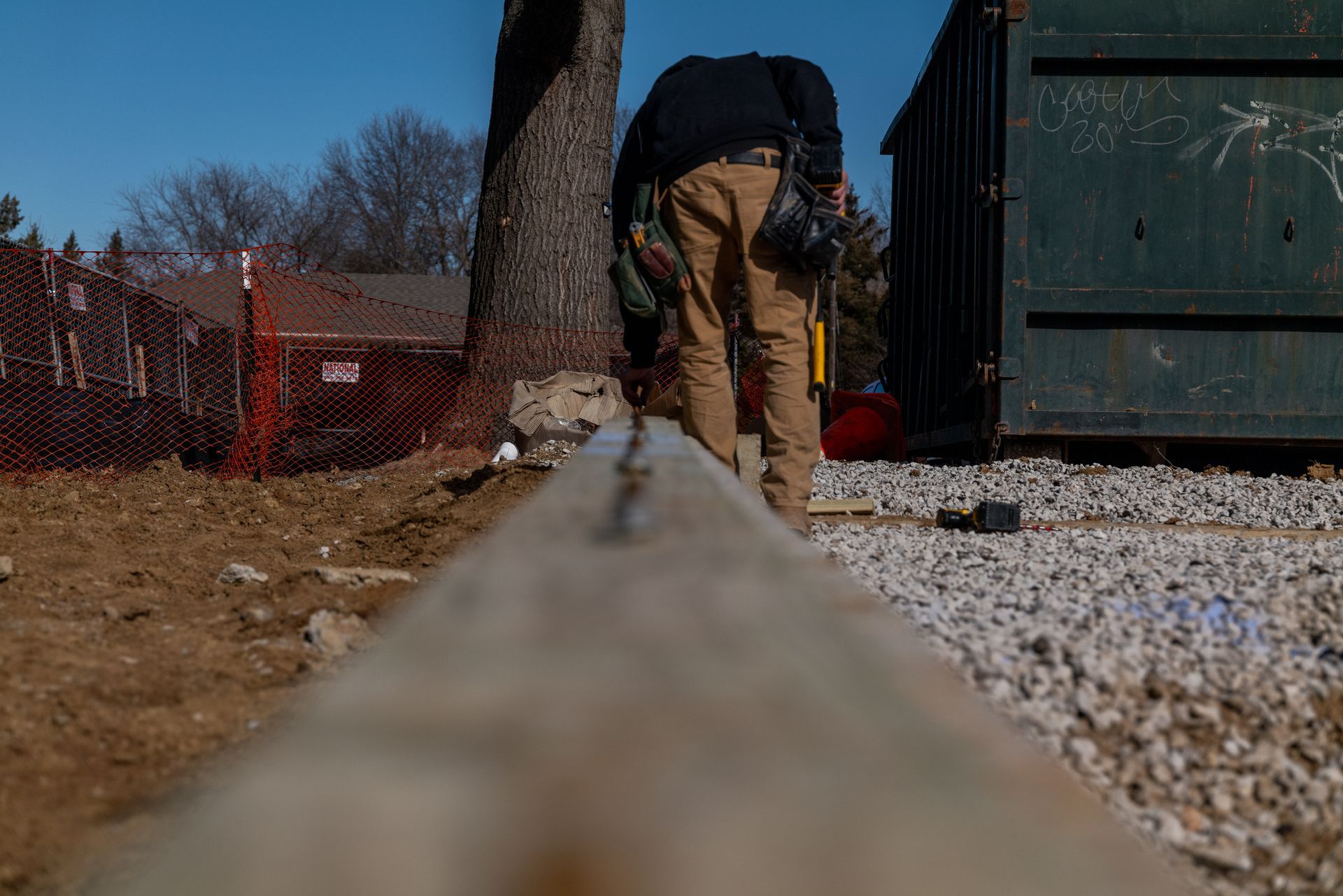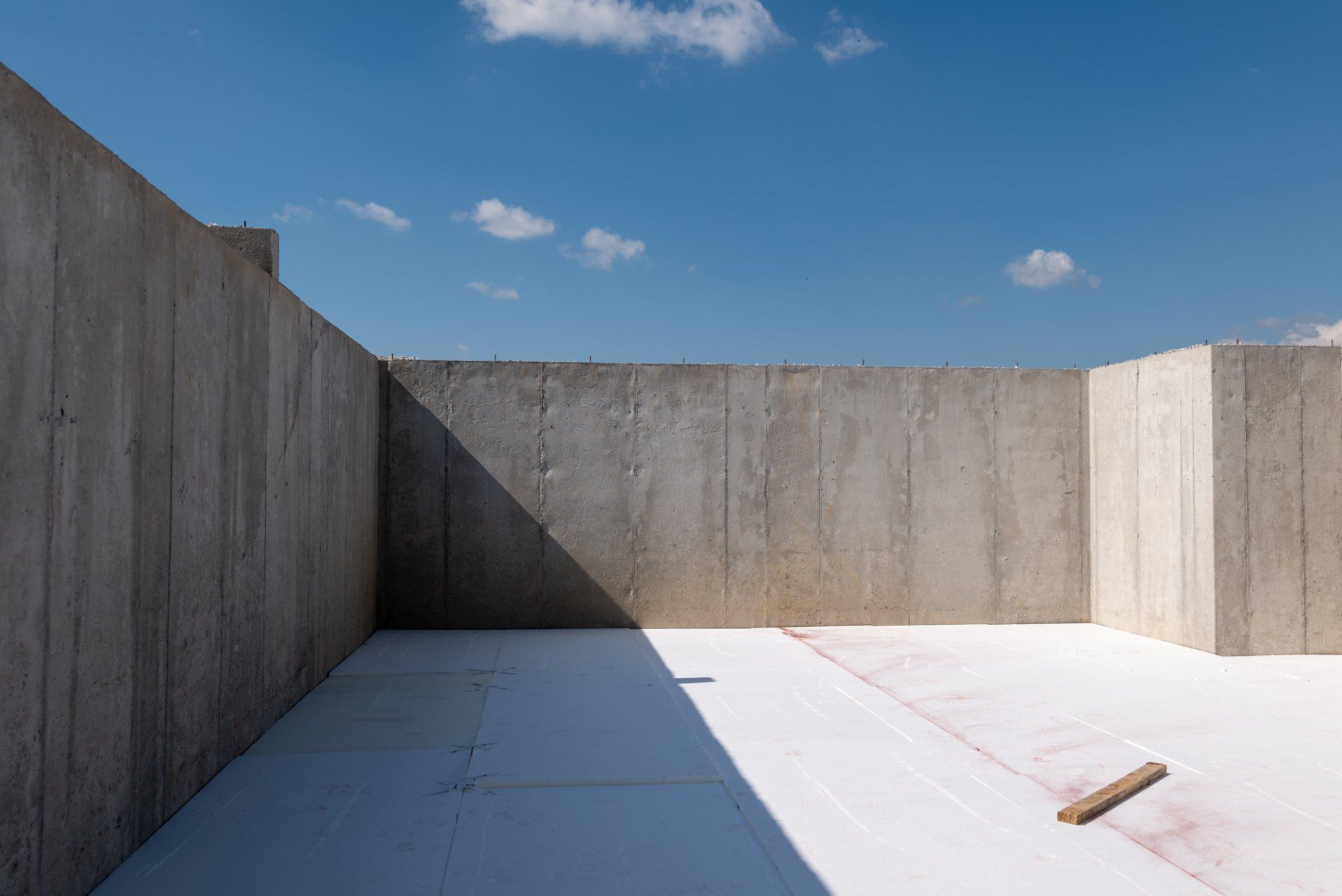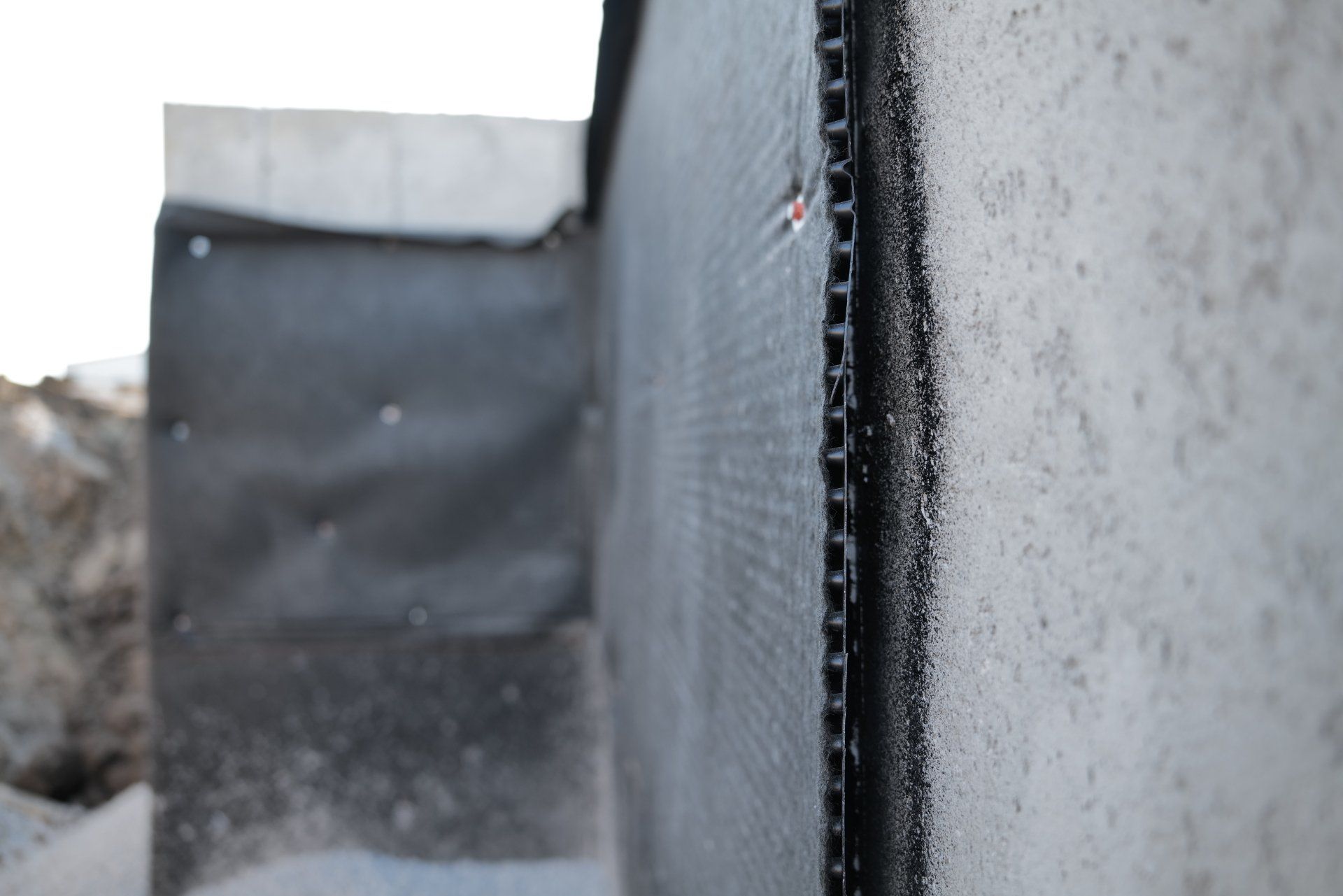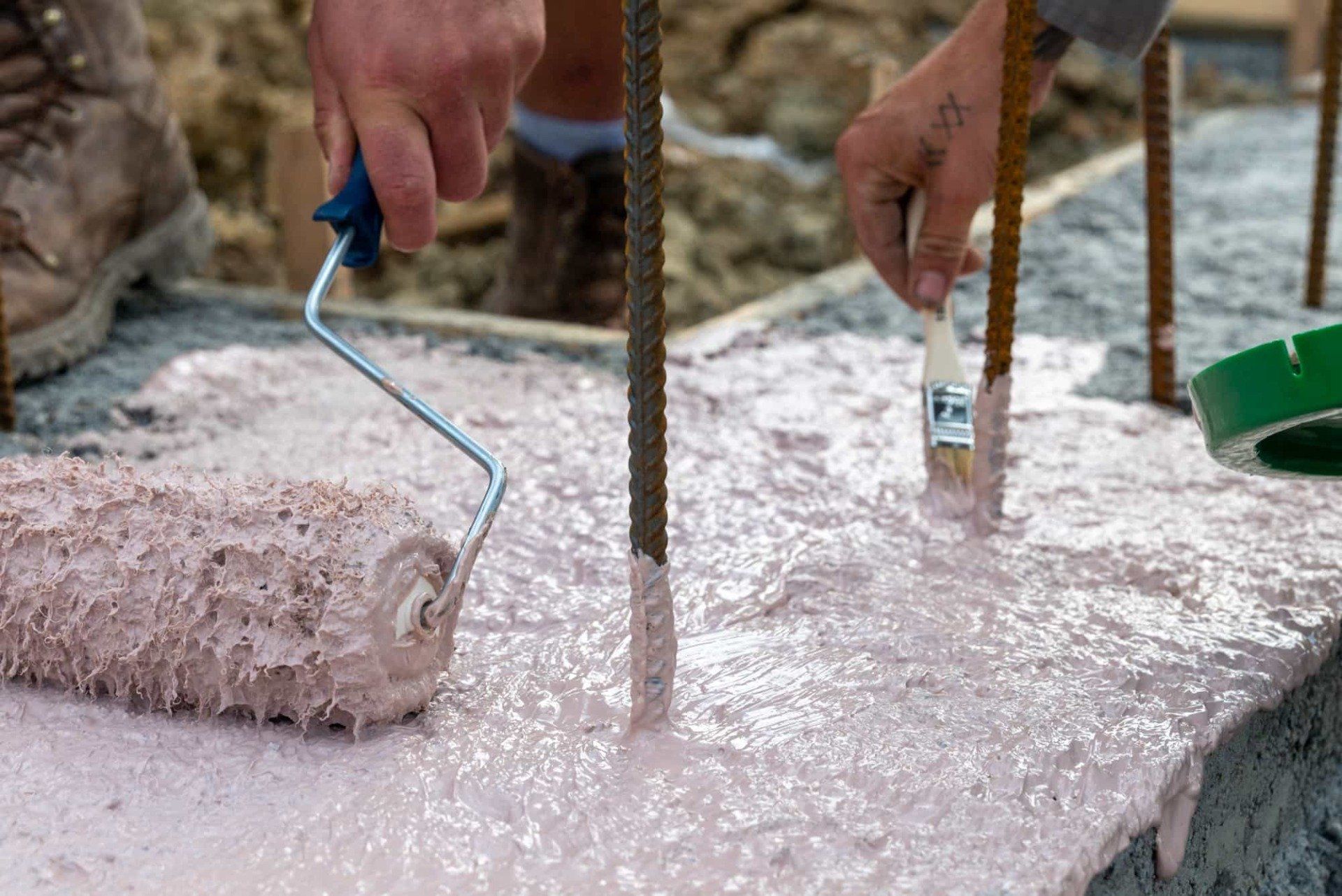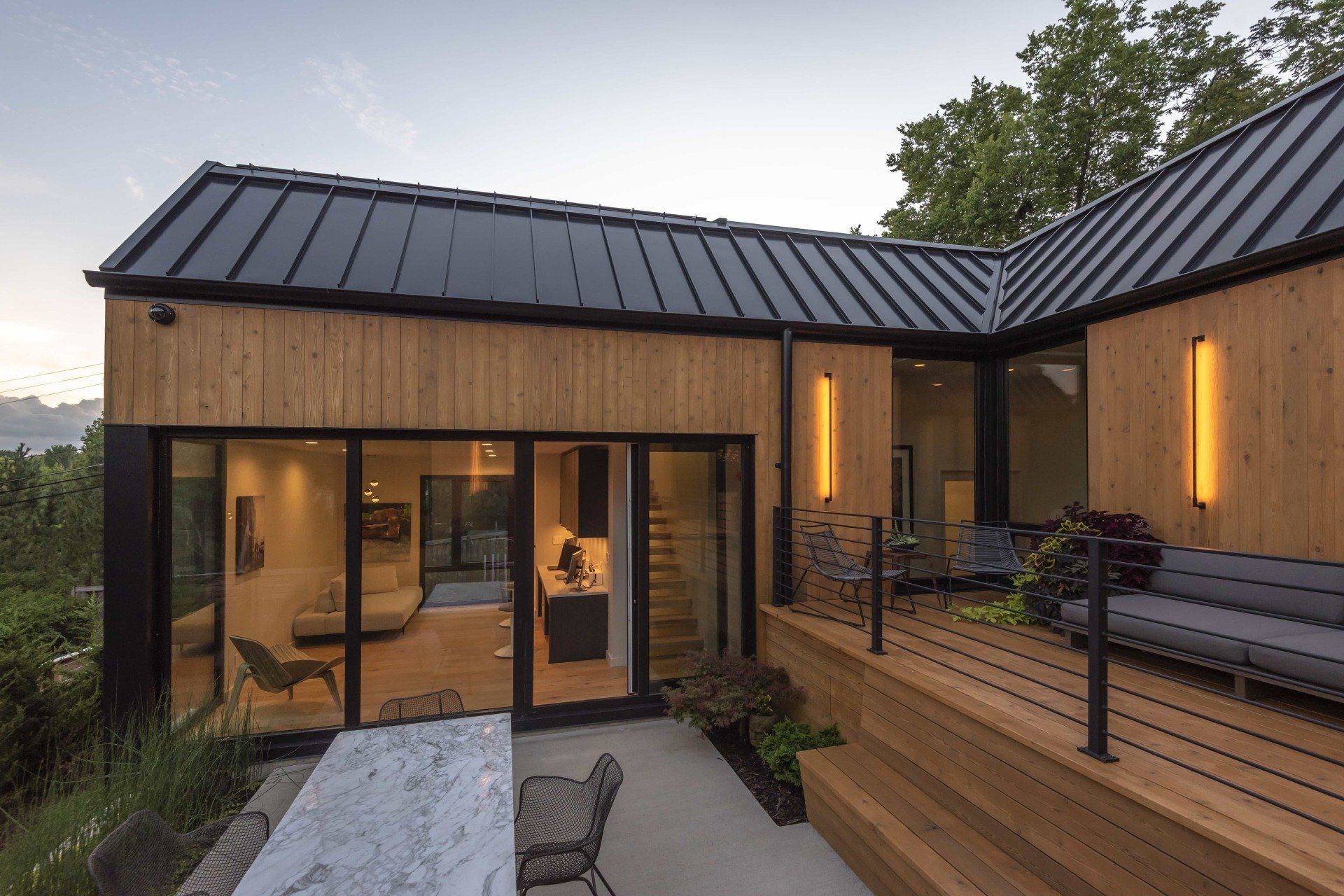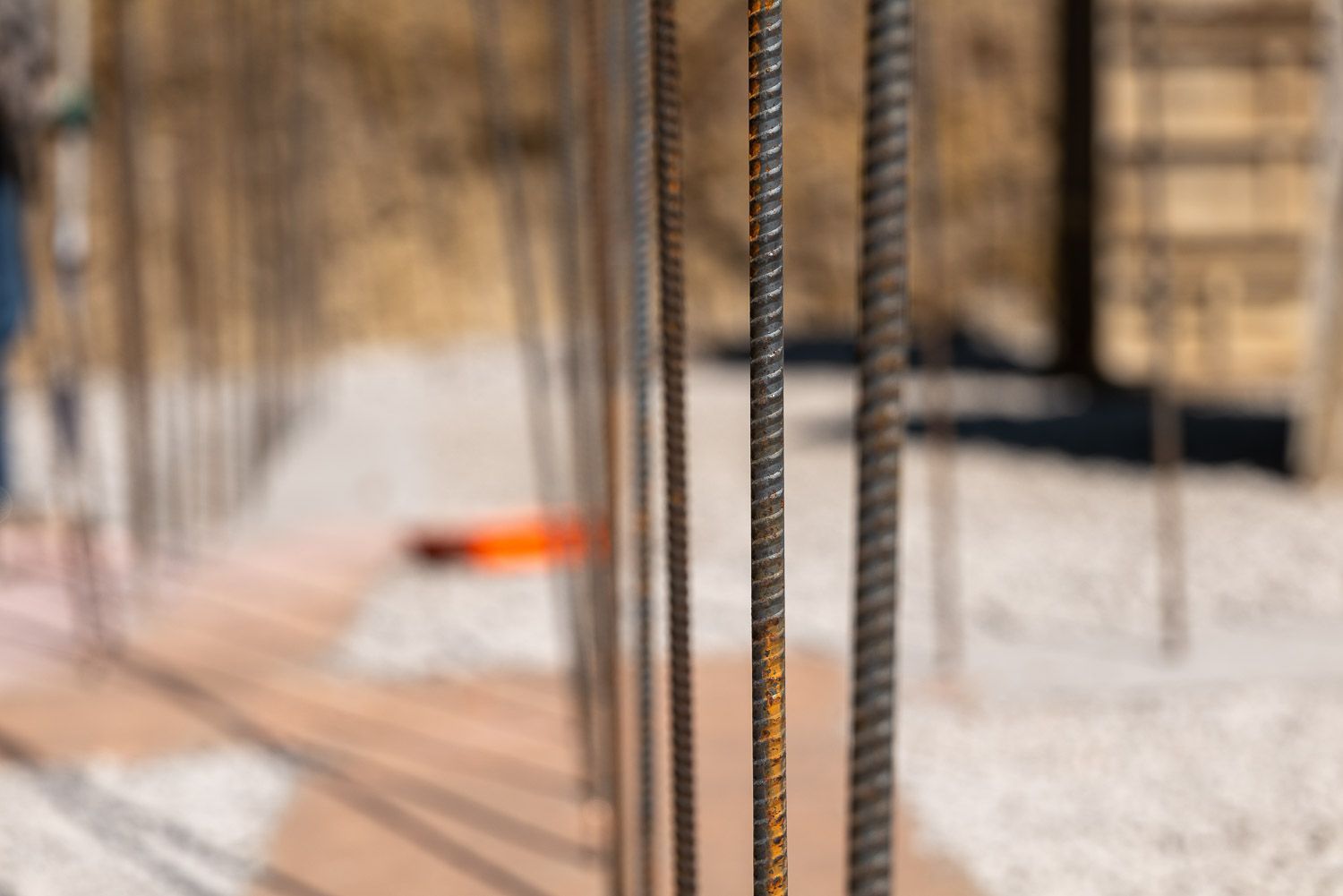You only have one chance to get your foundation right
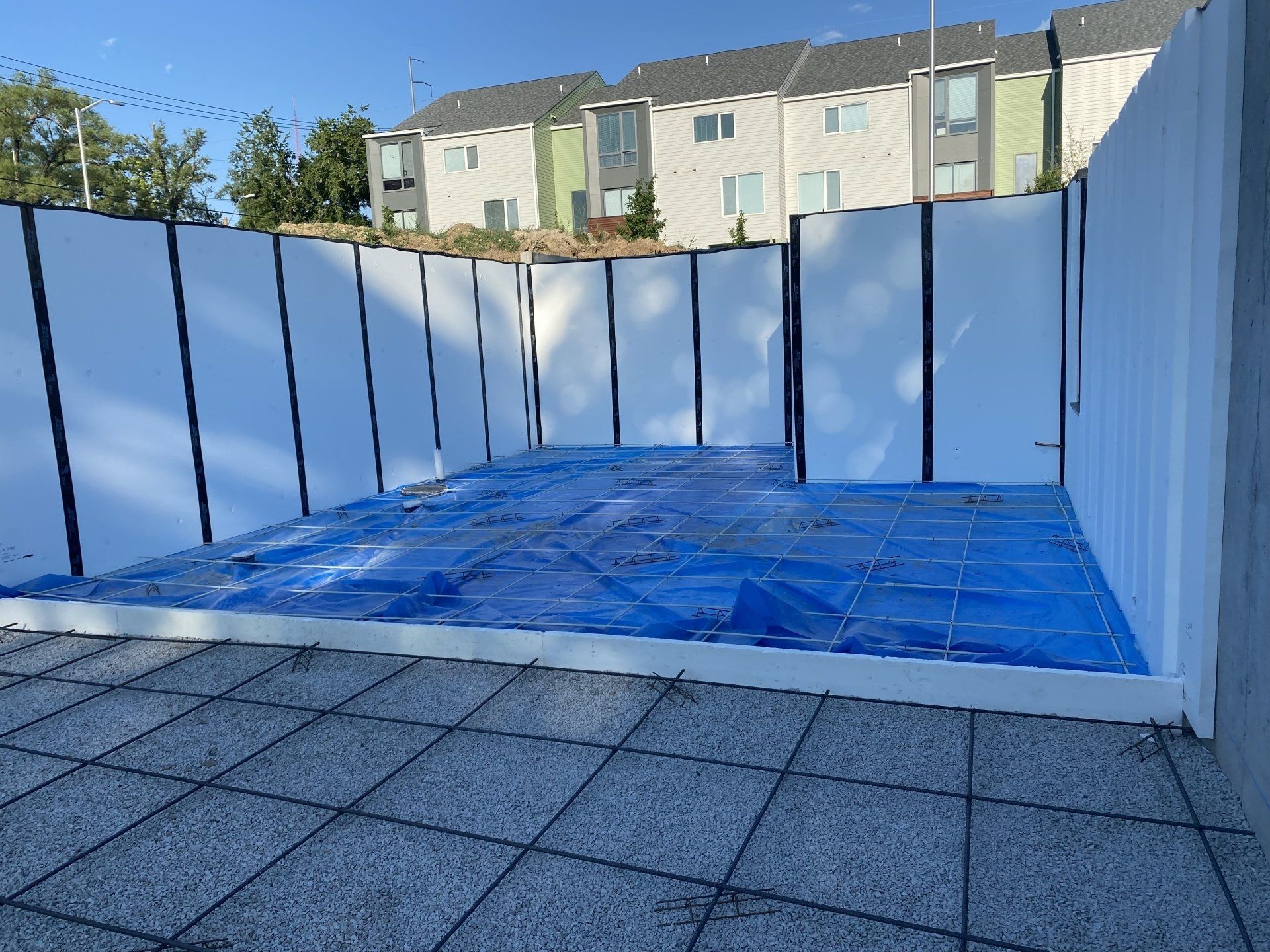
The High Performance Foundation
While you don’t necessarily see the foundation of your home on a daily basis, it’s arguably one of the most important aspects of construction to get right the first time around. It’s not glamorous, but when done correctly, a high performance foundation will keep your home comfortable, healthy, durable and in the long run more sustainable than a traditional foundation.
We’ve all heard the horror stories of foundation cracks, cold and leaky basements, and sinking houses… how do you avoid these terrors?
Build a home with a high performance foundation
In keeping with Passive House standards, a high-performance foundation in a humid climate like the Midwest must take into consideration four crucial control layers: water, air, thermal, and vapor.
Thermal Control Layer
- R-20+ sub slab insulation to eliminate thermal transmission from the ground and maintain a comfortable temperature in the basement
- R-20 insulation on the inside of the foundation wall isolating the wall from touching any other layers of concrete
Bulk Water Control Layer
- Waterproofing on foundation walls and footings to stop moisture seeping in
- A capillary break that prevents moisture wicking up from the foundation footings
- A dimple board that allows water to drain and reduces pressure on foundation walls
- Interior and exterior drain tile to take water out and away from the home
Vapor Control Layer
- A vapor barrier that creates a tight seal, preventing excess air movement and moisture buildup
- Vapor layer is taped with Compego tape to seal it to the foundation wall and taped at all the seams and plumbing penetrations
Air Control Layer
- 15 mm plastic sheet lines the insulation above compacted gravel and is taped to the interior side of the foundation wall to create a continuous air control layer
All of these details come together to create a foundation system that will stand the elements over time. Maintaining the same attention to detail through the mudsill ensures that the control layers are continuous up into the wall system.

